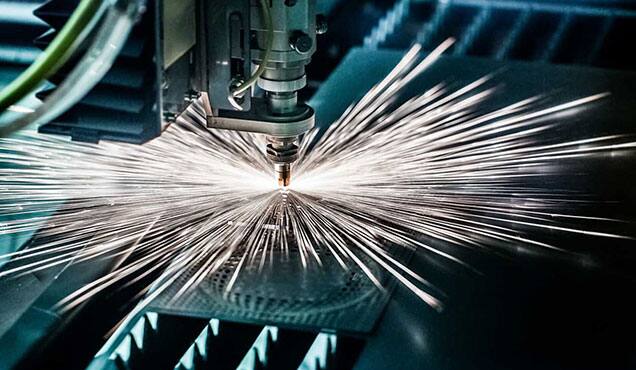
At a time when many industries are embracing change, adopting
new technologies in quick succession, and asking “what’s next?,”
manufacturing technology and industrial automation equipment are
quite the opposite. The disruptive and rapidly moving technologies
of the Industrial IoT (IIoT) have yet to find steady ground in this
slow-moving, mature market. IHS Markit is looking closely at the
adoption and penetration of IIoT in manufacturing and industrial
automation, identifying adoption hurdles and common pitfalls in the
case where some companies have taken it on.
In the recent IHS Markit Industrial IoT Readiness Survey, we
found that 50% of respondents had not begun adoption of IIoT
solutions. This figure is staggering compared to the adoption of
disruptive technologies in industries such as telecom and
automotive. In one example, a global vendor performed an IIoT
application trial run with a customer, saving them thousands of
dollars and demonstrating a significant ROI. However, it took the
customer another three months to fully commit and implement. This
is not an uncommon story in this space.
Big data can cause a lack of focus
When examining this reluctance to adopt and adapt in the
manufacturing space, we made an initial assumption that
cybersecurity was the most significant hurdle. Yet, when we
conducted the survey, we found the largest concern among companies
was the data itself; so much data is being collected, yet it is
unclear what to do with it. When faced with thousands upon
thousands of data points, many companies are simply overwhelmed
with deciphering what is crucial and what can be ignored.
The influence of an industry culture
In addition to the confusion and sense of being overwhelmed by
too much data, a common pitfall in IIoT application adoption in
manufacturing is culture: 60% of implementation failures stemmed
from a cultural problem. To us, this means the “people problem”
must be addressed first and foremost. Employees often fear being
replaced by automated systems, and they do not trust the
application or the technology. It is crucial for companies to hire
and train personnel properly and focus on the application itself.
The application must be user-friendly, employees must trust the
information produced by that application, and they must hold the
view that the technology is enabling them to perform their role
more effectively instead of threatening it.
The ripple effect of a transformed culture
When the culture shifts, we believe it will create a ripple
effect of positive experience in the workplace, bolstering adoption
and effectiveness. When employees understand and trust the data, it
will be clear what data is sacred and, in turn, eliminate the sense
of being overwhelmed. As it stands, manufacturing and industrial
automation are behind the curve, but our analysis shows us that
fully embracing the IIoT is possible and on the horizon with a
concerted effort to educate and train the people who will
ultimately make it work.
Preston Reine is research manager for industrial
technology at IHS Markit
Posted 5 June 2019